To best form your Love In Action lay parish leadership, we recommend that they participate in a three-part program called “A Vision for Love in Action: Building Families of Salt and Light.”
This series will be offered once in each of the 12 deaneries, and every Family of Parishes within each deanery will be encouraged to send a Love in Action cohort to participate. Staff from the Archdiocese of Cincinnati Department of Life, Human Dignity and Charity will facilitate the program for each deanery.
See the Materials tab for a current flyer.
To schedule for your sub-deanery or for more information, contact Mary Anne Bressler at [email protected]

